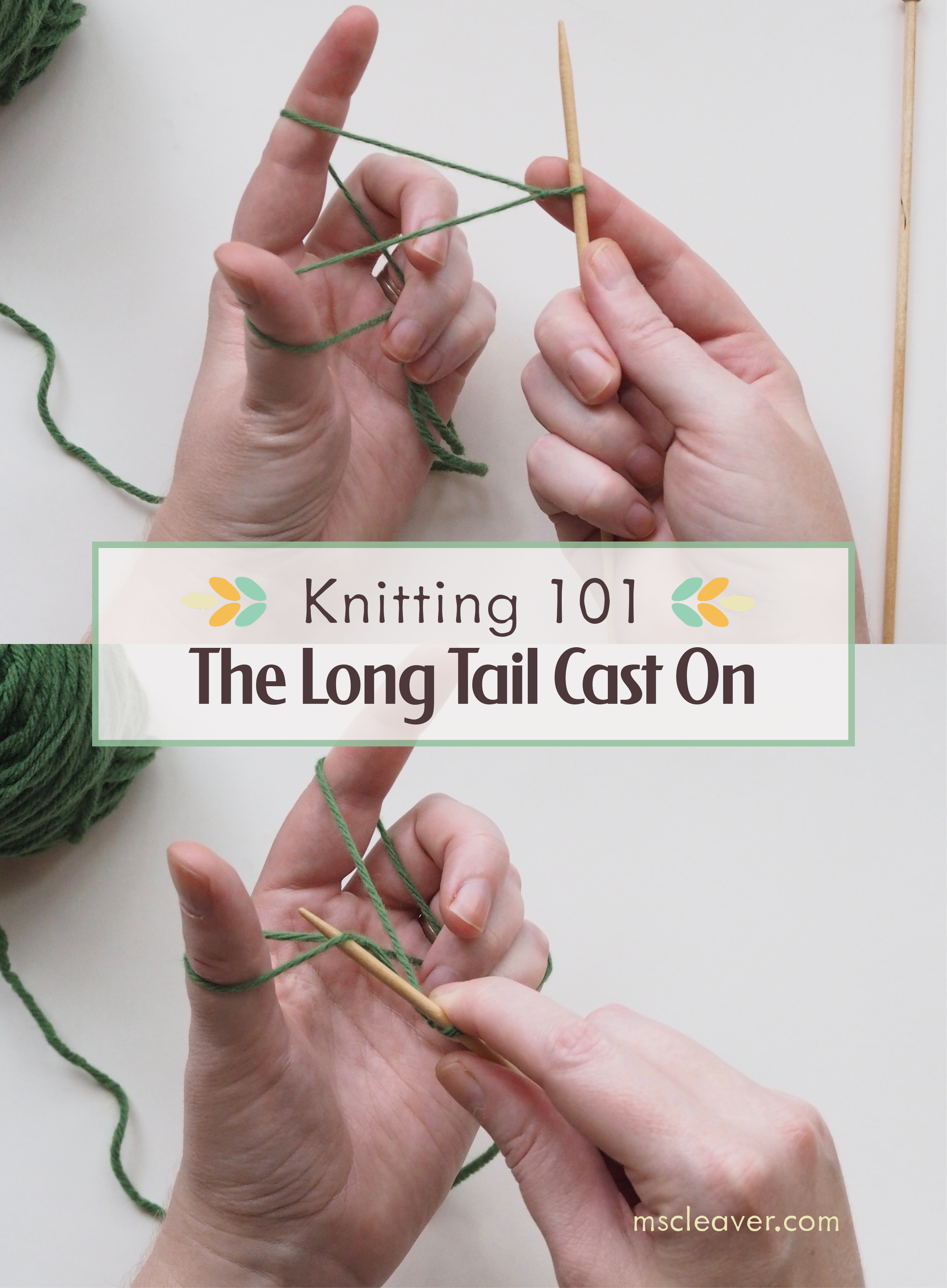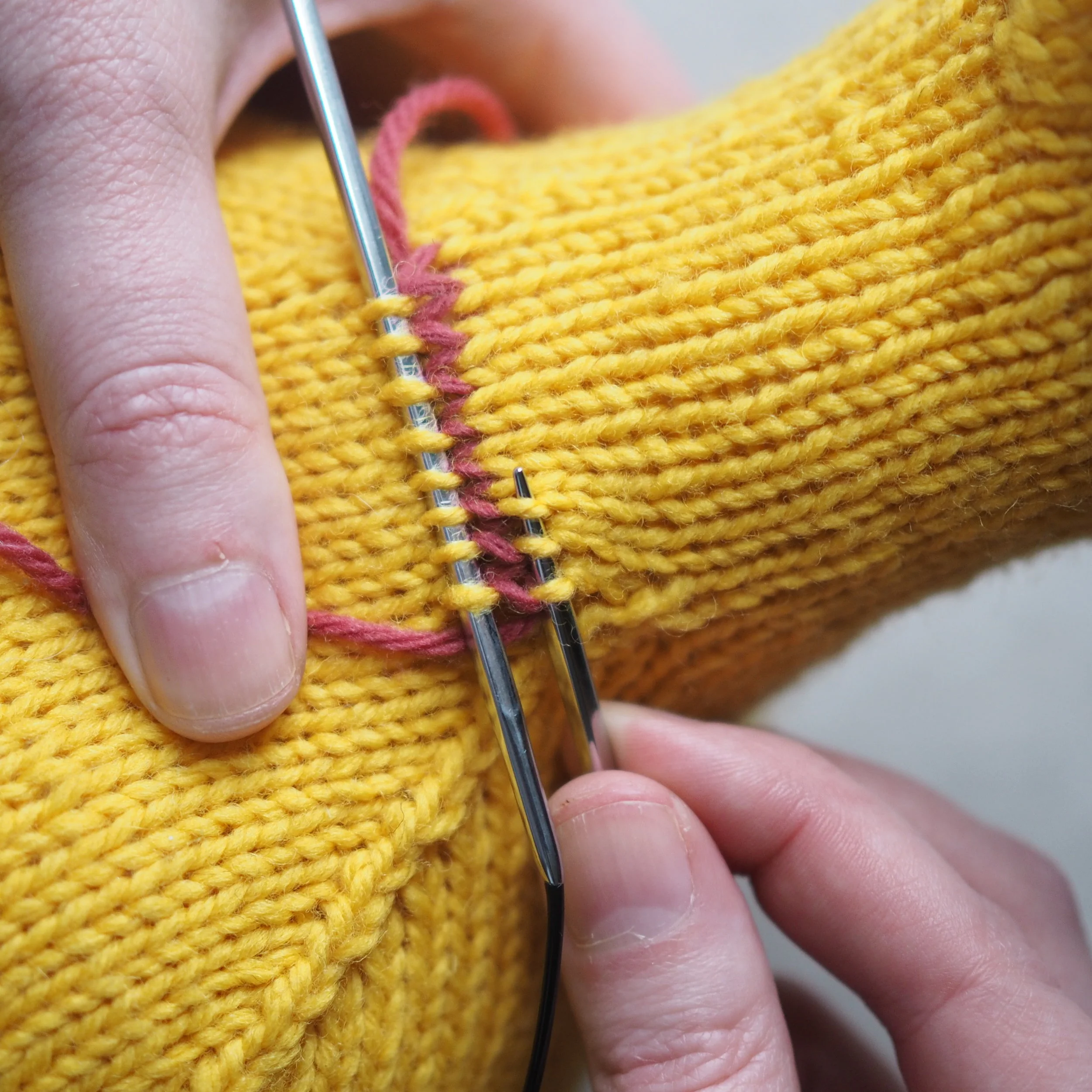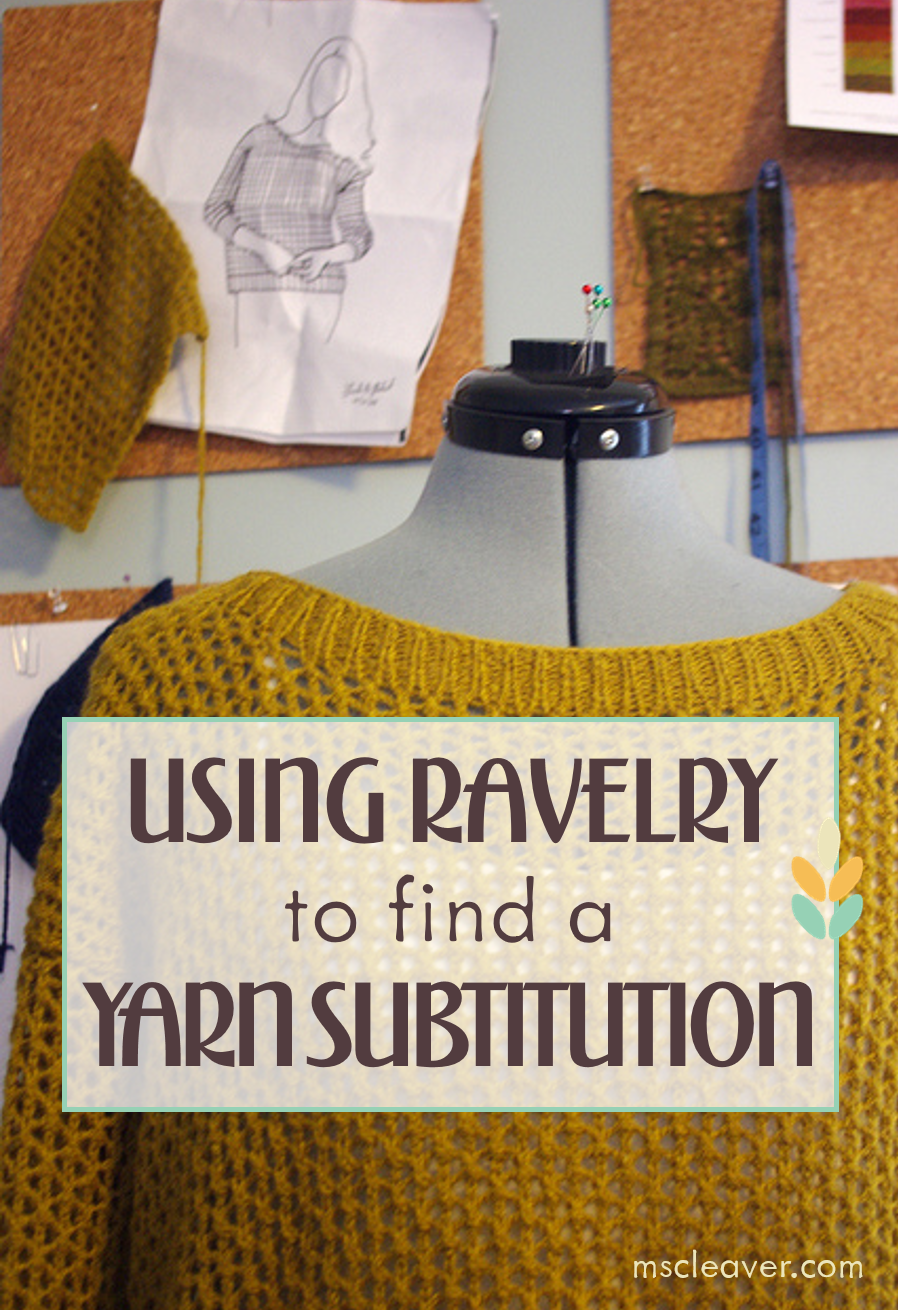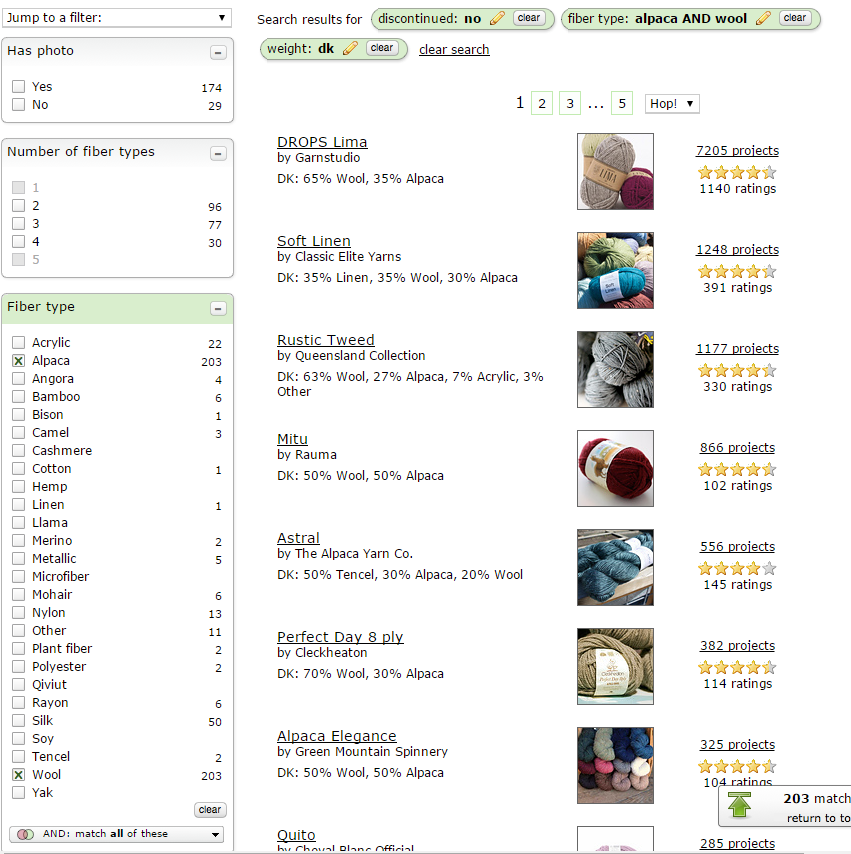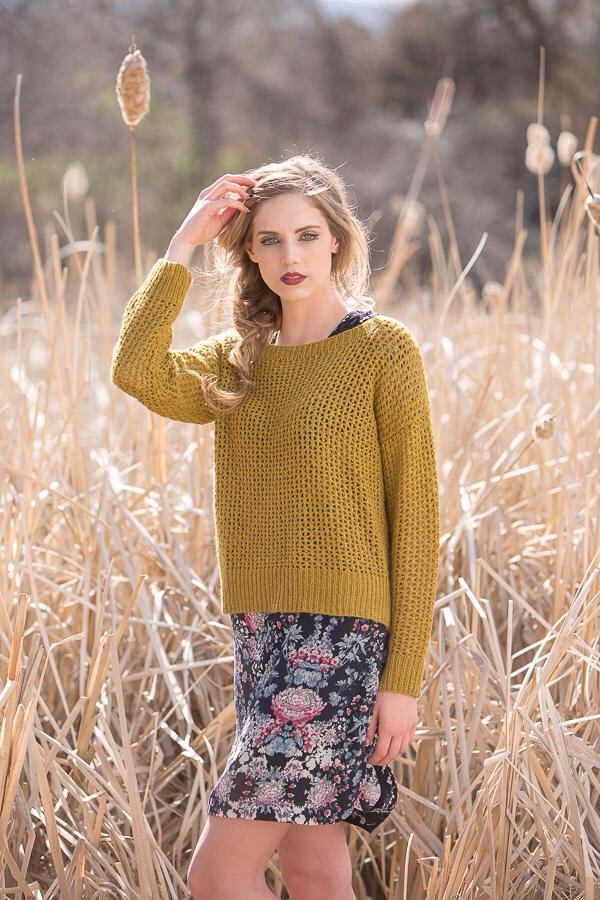What is Ease?
In a lot of knitting patterns for garments you'll find something that looks like this:
Sizes 41 1/2 (44 1/2, 47 1/2, 50 1/2, 53 1/2, 57)" bust circumference; shown in size 41 1/2", modeled with 8 1/2" of positive ease
If your pattern includes this, fantastic!
If it also includes something like intended to be worn with 8-10" positive ease, even better!
These two bits of information are going to be very helpful in choosing a size.
Ease is all about Fit and Style
When I first started knitting, I thought you just picked the size closest to your bust measurement and went from there. That's certainly an option, but it probably won't get you the best fit.
When I design a garment, I think about two things related to fit (well more than that obviously, but stick with me here) - wearing ease and design ease. Every body has measurements. These measurements are the basic starting point for a good fit, but then as a designer, I add extra fabric to those measurements for ease of movement and style.
Positive Versus Negative Ease
Positive ease means that the garment measurements are larger than your actual measurements. For example, a 40" sweater on a 38" bust has two inches of positive ease. A 37" sweater on that same 38" bust would have 1" of negative ease. A 38" sweater on a 38" bust would have no or zero ease.
Wearing Ease
Wearing ease contributes to ease of movement. Think of cutting out a piece of sturdy paper to your exact bust measurement and taping it on. Now try taking a deep chest breath, or bending over to pick something up, or reaching forward. We move a lot and moving requires ease, or a little bit of extra space to allow for that movement.
Now a piece of paper is stiff and inflexible, woven fabrics can be fairly rigid too, which is why wearing ease is more important in woven garments. Fortunately knitted fabric has a bit more give, it stretches as you move, so you can get away with little, no, or even negative ease, depending on the flexibility of your knitted fabric. So that super snug, ribbed Lana Turner-esque sweater? The fabric has a lot of give, so you can still breathe, hooray!
But just because you don't necessary need wearing ease in the bust, doesn't mean that you wouldn't want in other places, like the sleeve and armhole. Because we all like to lift our arms right?
Also, in general, I think that unless you're reinforcing your buttonbands, you want cardigans to have some positive ease so you don't have button-band gappage. (Because nobody wants that)
Cormac with 8 1/2" of positive ease
Toulouse with slight positive ease as knitted by Orlaflo
Design Ease
If wearing ease is about how you move, design ease is about how you look. Fashion goes back on forth a lot on what silhouette is in. In the 1940's, like the photo about, the snug "sweater girl" look was the thing, and they used zero or negative design ease to achieve it. Nowadays, we sport a much more relaxed look, and to create it you need to add design ease on top of the wearing ease.
I recommend about 8" of ease for the Cormac sweater. Clearly you don't need 8 extra inches of fabric around your bust to move, so this is largely design ease. If you want your sweater to look similar to the one in the mag, you're going to need to choose a size somewhere 6-10 inches larger than your bust measurement. The smaller your bust, the less ease you'd need proportionally than larger bust, i.e. a 32" bust would be fine closer to 6" extra, while a 42" bust would want closer to 9 or 10"
For a good look at how ease can change the final look, check out the 200+ examples of the Toulouse pullover. In the magazine it was styled with a great deal of positive ease, which result in a slouchy/boho look, but many knitters have chosen to knit it much closer to their actual measurements with very little positive ease, like the example from Orlaflo on the right. Both options are equally "right," depending on what you want the final look to be.
One note of caution: if a pattern indicates a "to be worn with xx inches of ease" it usually means that the underlying body measurements used to design the piece are that many inches smaller. For example, if I design a 40" sweater to be worn with 4" of positive ease, it means that when I do my baseline calculations for that sweater I'm starting with the standard measurements that go with a 36" bust, so if you chose to do less ease or more ease than suggested it may not fit as well in the shoulders or arms.
In Conclusion
With these two types of ease in mind, and good pattern information, you can confidently choose a size that will get you the finished fit you desire!
Cormac and Toulouse Photos courtesy of Knitscene/Harper Point



















